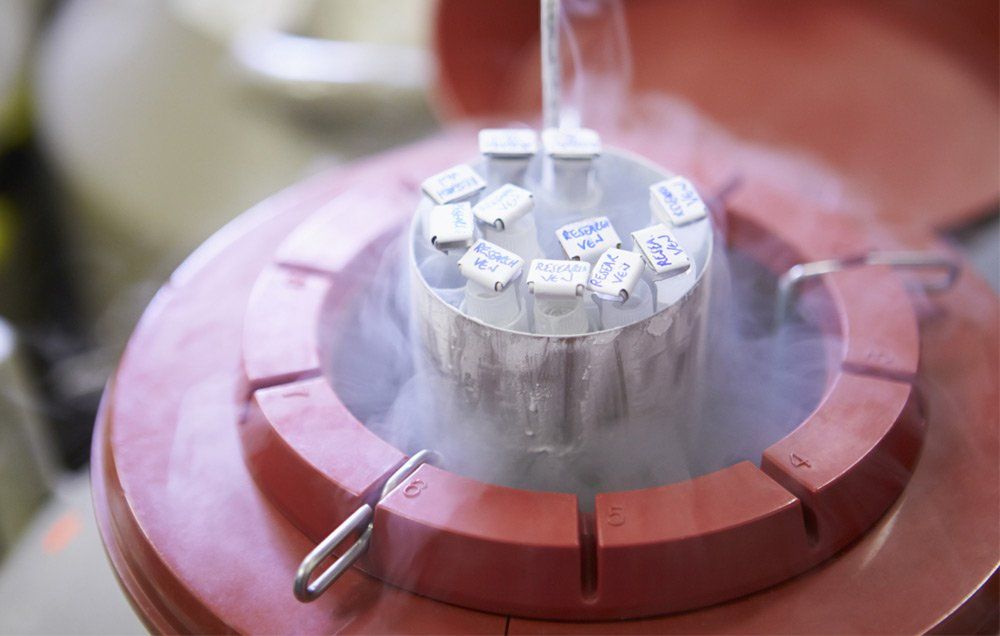
She and her male friend were part of the same community, having worked on a political project together and attended the same graduate school. Schuman, however, says she’s been seeing “more and more” future parents opt for friend or family member donations throughout the past several years.Īlice’s choice wasn’t just obvious to her because the sperm bank route felt alienating – she also knew immediately whom she would ask to donate. Goldberger says about half the couples they speak with opt for a donor they already know, versus one found through an outside service or sperm bank – that rate has remained the same throughout their experience. Laura Goldberger has spent two decades as a psychotherapist running groups for LGBTQ parents trying to conceive. Still, while there are anecdotal accounts of growing interest, it’s difficult to find data on how many LGBTQ couples opt to use friends or family members as donors, as opposed to donors found through sperm banks. Through efforts like Schuman’s, LGBTQ families got to learn more about their family-building options. “The legalization of gay marriage helped a lot,” she says. About a decade later, a lecture she hosted for prospective lesbian parents attracted 100 people. Early on, she recalls, only about five people would show up per session. Schuman started a workshop for LGBTQ parents looking to start families at the Gay and Lesbian Center in New York City, through which she could teach them about options other than adoption. “They really didn't understand that there were many other options for them,” says Schuman. Many queer couples she spoke with would consider adoption as the primary option for starting a family. While plenty of services exist today to help LGBTQ couples conceive via sperm donation, that was not the case when Lisa Schuman, founder of the Center for Family Building, started working in the industry more than 20 years ago in New York.Īmong the leading organizations at the time – like the American Society for Reproductive Medicine and the American Fertility Association – there weren’t “any queer people being represented at all”, she says. Regardless, these choices require a careful, deliberate thought process that involves emotional, financial and legal considerations that affect not just the lives of the parents and donors, but also those of their future children. While this is possible if a couple goes through a sperm bank or other type of connection service, choosing a friend or personal relation for the donation is less costly.

Several reasons drive this choice, such as knowing about the future child’s biological parents, being in touch with them for medical questions and creating an extended family. Many queer couples seeking sperm want the experience to be personal, which means choosing to know who the sperm donor is. Australian data from 2018, for example, indicates that single women and lesbian couples made up 85% of sperm donor recipients that year. In contrast to past numbers, nearly 70% of non-LGBTQ individuals older than 55 have children, compared to just 28% of LGBTQ people in that age group.įor certain LGBTQ couples who can’t have biological children together, sperm donations have become increasingly attractive. According to 2018 data from the US-based LGBTQ Family Building Survey, 48% of LGBTQ millennials have made the decision to increase their family size, versus 55% of non-LGBTQ millennials. It also presented the “possibility for broader community and queer familial structures”.ĭuring the past several years, the gap between LGBTQ and non-LGBTQ people planning to expand their families is shrinking. “I liked the idea of my kid getting to have some relationship with the ,” says California-based Alice. “I honestly don’t have that many cis male friends that I’m really close to.” Over brunch, she asked him if he would be open to donating his sperm, and he gamely said yes.Īlice remains in close touch with her donor and his partner, whom Alice and her own partner refer to as their daughter’s “uncle” and “aunt”. “He was the obvious choice,” Alice says of her donor. Today, Alice’s daughter, whose biological father is a friend Alice lived with during graduate school, is three years old.

To Alice, choosing a close friend as a donor “felt simpler and richer”.
#Donate sperm how to
She didn’t know how to pick from the list of potential donors, whose attributes ranged far and wide: bass players, English university majors and men with blue eyes. When Alice, now 39, first started thinking about having a child solo, the idea of using a sperm bank “felt so strange”.


 0 kommentar(er)
0 kommentar(er)
